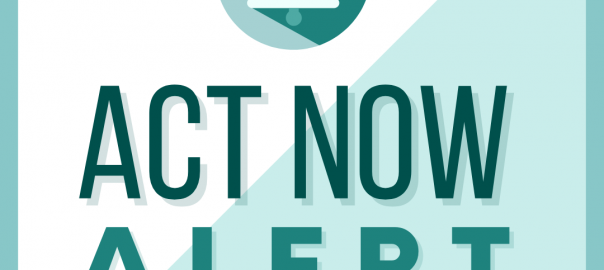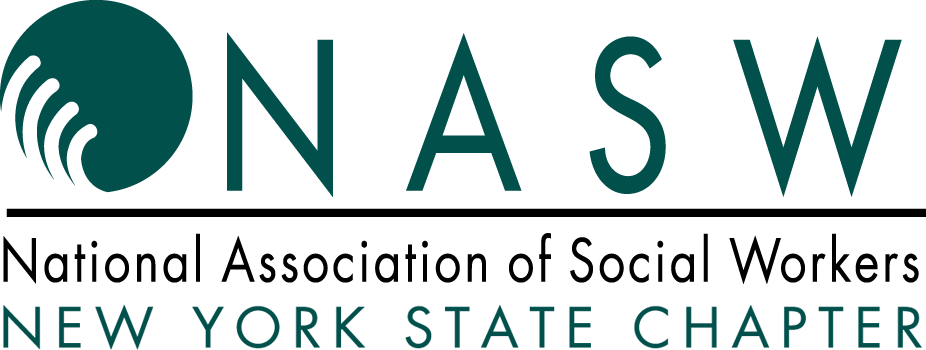NASW-NYS Appoints New Executive Director, Shakira A. Kennedy, PhD, LMSW!
It is with great pleasure that I announce the hiring of our new Executive Director (ED), Shakira A. Kennedy, PhD, LMSW.
We are excited that such a perfect candidate emerged from our intensive search.
As you can see from both her personal and professional bios below, Shakira has all the attributes to be an inspiring and strong leader for the Chapter for a long time. Her previous contributions to our Diversity Committee, racial justice forums, and student conference series, position her well for her new role. Her start date was January 8, 2024. You will be hearing more in the weeks to come about opportunities to meet our new ED. Please join me in welcoming Shakira to what I believe is the beginning of a highly successful partnership.
Victoria Rizzo, PhD, LCSW-R
NASW-NYS President
Shakira A. Kennedy, PhD, LMSW
Executive Director
SKennedy.naswnys@socialworkers.org
518-463-4741
Dr. Shakira A. Kennedy is a highly experienced and accomplished professional in the field of social work, with a career spanning over 23 years. Her expertise encompasses clinical supervision, operational and facility administrative roles, and extensive involvement in community agencies. She has been instrumental in areas such as adoption/foster services, shelter start-ups, early intervention for children with neurodivergent disorders, independent housing/auditing, and certification review for housing grants.
Her leadership roles within large not-for-profit organizations, ranging from Supervisor to Vice President, reflect her ability to oversee and guide diverse teams, including program directors, case managers, and assistant executive directors. Prior her appointment to Executive Director, Dr. Kennedy was an active member of the New York State Chapter of the National Association of Social Workers, where she contributed significantly to the Diversity committee, participated in racial justice forums, and student conference series.
Additionally, she is engaged in political advocacy through her membership in the Westchester Black Women’s Political Caucus, supporting African American women in the political process. Dr. Kennedy extends her impact through training and consultation services on Diversity, Equity, Inclusion, and Belonging (DEIB) for organizations, community groups, and professional associations, emphasizing anti-oppressive practices for organizational sustainability. Furthermore, she is an active member of two community boards, the first, serving young girls and the other, serving students within Westchester County Pelham school district.
As an educator, Dr. Shakira A. Kennedy has a rich history of teaching across all levels of social work education, from bachelor’s to doctoral programs. She has held roles such as Curriculum Committee Chair, co-chair of the policy sequence, and developer of graduate-level courses. Dr. Kennedy is actively involved in academic publications, serving as a journal reviewer for SAGE Open publications, a guest editor for the Journal Reflections: Narratives of Professional Helping, and a consulting editor for Children & Schools.
Her academic contributions extend to her role as an Association for Social Work Boards (ASWB) scholar and involvement in the Licensing & Regulation Task Force for the Council on Social Work Education (CSWE). Dr. Kennedy played a crucial role in developing the Curricular Guide for Licensing and Regulation, focusing on Competency 2 – Engage Diversity and Difference in Practice.
Dr. Kennedy holds a Bachelor’s in Sociology from Long Island University-Brooklyn Campus, a Master of Social Work from Clark Atlanta University, and a PhD from The University of Tennessee. Personally, she hails from Kingston, Jamaica, and moved to the United States at the age of 5. She is the youngest of five sisters, a mother to an eight-year-old son, and enjoys activities such as playing tennis, listening to music, and spending time with her family.

